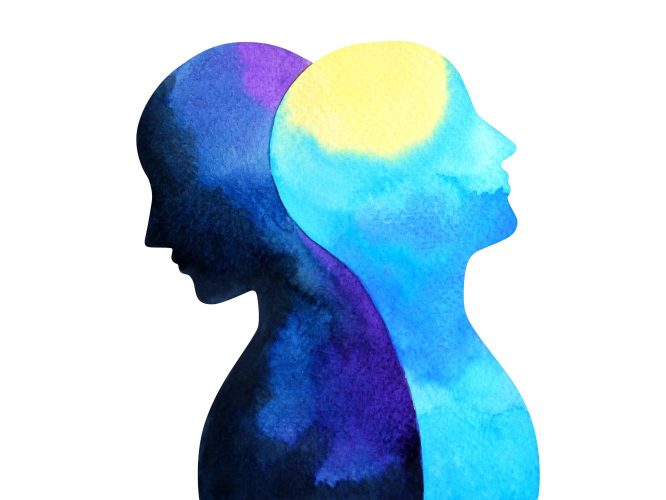As I began to embark on my path of personal development, it became very evident that I was up against emotional forces that seemed beyond my control. I had seen some dramatic changes in practicing yoga and meditation, so I knew change was possible. And yet, plateaus – where I’d experience periodic unhappiness and negative responses – continued. I couldn’t figure out why I kept falling into the same reactions and situations. Einstein said, “We cannot solve our problems with the same thinking we used when we created them” – or, in this case, recognized them. Once I realized I was stuck, I sought solutions beyond my limited knowledge. What I want to share with you are not ideas of my own, but concepts I have found to be profound in shifting my emotional state and appreciation for life. These ideas come from the book Mindworks, written by Gary Van Warmerdam.
It’s interesting how emotions are experienced. In a large part, they are formed simply by where we place our attention. I understood this very well with a simple exercise in closing my eyes and thinking of various past experiences. In positive situations of the past, I would experience a feeling of joy and gratitude, while with negative experiences, my body would begin to feel anxious and discouraged. It’s simple enough to understand that where we place our attention will bring about corresponding emotions. Then why can we not keep our attention on a positive outlook? Remember that powerful force I mentioned earlier? It exists in each of us and is known as the subconscious mind. The subconscious mind is where our faith, habits, beliefs, and how we see the world are stored. This is not necessarily a bad thing, but it can create problems. We need our subconscious for many of our day-to-day experiences. It’s where we store faith that our car will be where we parked it, as well as that, when I show up and work, I will receive compensation for that work. I can cite hundreds of examples about money, relationships, food, the environment, etc., but the point is that this repeated patterning of these experiences allows us to invest faith into the belief of the car being there or the paycheck getting deposited on Friday.
The problem, though, is that our beliefs don’t necessarily have to be true for us to place faith in them. We could have assumed something as a little kid and formed a belief that we still hold – that skewed viewpoint years and even decades later. And while it’s our core beliefs that are causing these recurring negative experiences, tackling that change is a tall order.
A powerful tool to help solve negative responses is being able to see and step outside of your own perspective. An observer mindset has many advantages, as it’s your point of view working hand in hand with your attention that creates emotions. What I found is that, subconsciously in many situations, I would have a strong attraction toward one point of view, even though there were many others to consider. My investment in that specific perspective was causing conflict when there were opposing viewpoints. I would have a strong voice in my head that was judging my viewpoint as correct while placing other viewpoints beneath my own. Once I was able to gain enough control over my perspective from practice, stepping outside of it and listening to other viewpoints became more accessible. When I gained other perspectives, even if I didn’t agree with them, I felt less resistance within my internal environment. Many times I found that the other was suffering, and I was able to see past their words and find compassion rather than resistance.
The facts of any situation don’t change, but when you shift your perspective, not only do your interpretations and opinions change, but so do your emotions that are arising from it. Instead of wrestling with negative thoughts and emotions, if you can change your point of view, you can then change how you feel about any scenario.














